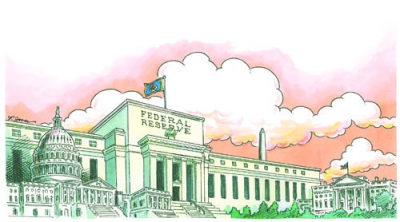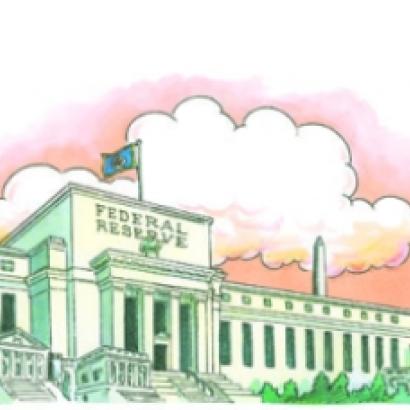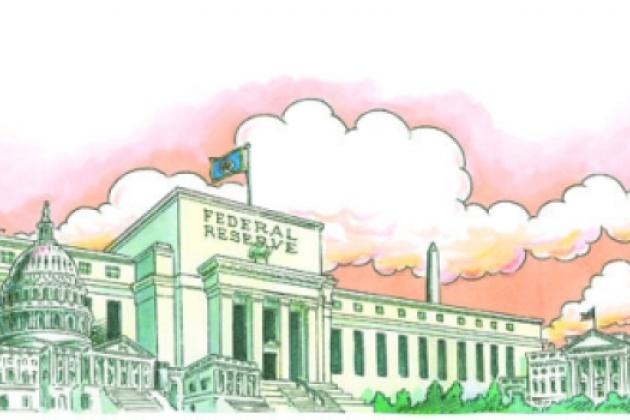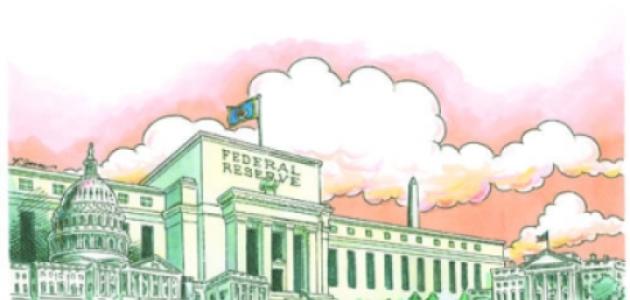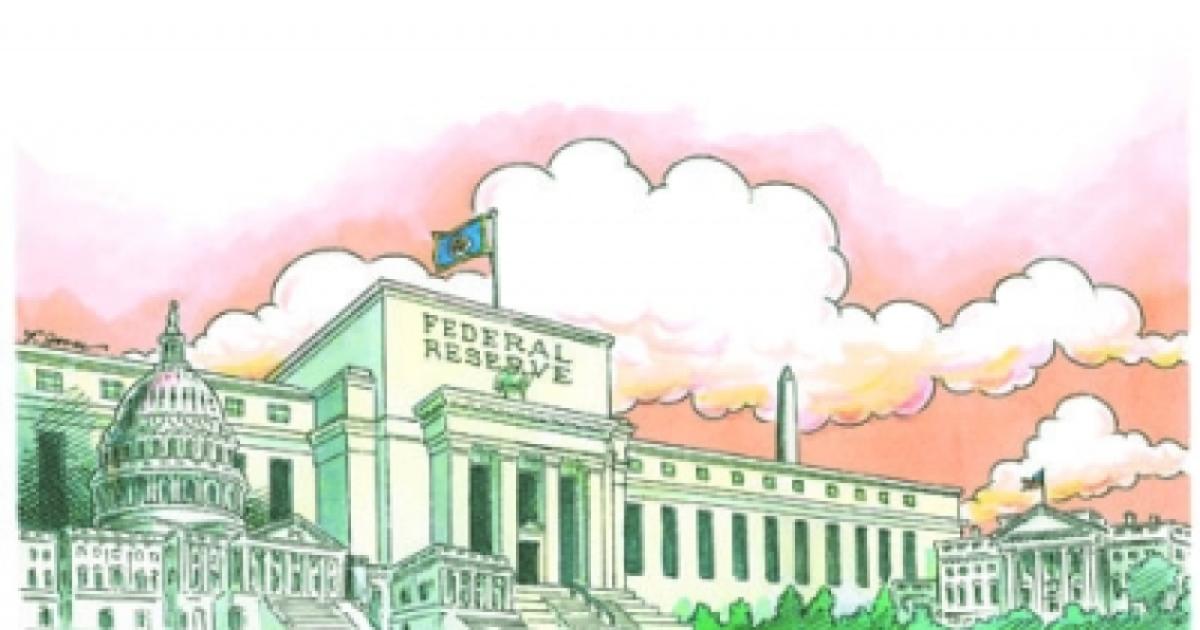- Economics
- Politics, Institutions, and Public Opinion
In November 2018, the Federal Reserve announced its intention to review the “strategies, tools, and communication practices it uses to pursue its congressionally-assigned mandate.” It is seeking input from a broad range of stakeholders as part of the process. This is a useful exercise, one that could represent an important step toward the Fed actually articulating a strategy, and demonstrating how its tools and communications are designed to implement and support such a strategy.
Historically, the Fed has adopted a highly discretionary approach to policymaking. Such discretionary behavior has made it difficult for the Fed to tie strategy, tools and communications together in any coherent or systematic manner. Consequently, markets and the broader public can find the Fed confusing and mysterious, if not entirely baffling.
Many ideas have been suggested for consideration as an alternative to the current inflation-targeting regime. They include raising the inflation target to a higher level to avoid challenges of a low interest rate environment and the possibility of confronting the zero-lower-bound constraint in the future. Others have suggested nominal GDP targeting rather than inflation targeting.
As the Fed continues its exploration of alternative strategies for the conduct of monetary policy, the idea of price-level targeting as opposed to inflation-targeting has gained more prominence. One attraction of this approach is that if the Fed targeted a price level that it kept constant, there would be true price stability or zero inflation. An inflation target seeks to stabilize the rate of inflation and does not seek literal price stability. To achieve price stability, bouts of deflation must be offset with bouts of inflation if the price level is to remain constant.
Most of the current versions of this idea do not envision a stable price level, but a stable price-level trend. That is, starting at some initial point, the objective is for the price level to grow no more, or less, than, say, two percent over some time frame. In other words, the goal is to have inflation average two percent over time. Of course, to average two percent means that undershooting the inflation trend requires policies that overshoot the trend, so that on average the trend remains at the goal. The basic difference is that inflation-targeting allows bygones to be bygones and the inflation target remains the objective. If the inflation rate overshoots the target, the policy does not seek to offset that overshoot but simply to return inflation to the target. Thus, if the actual inflation rate is above the target more often than below it, the price level will drift up faster than the desired two-percent trend. Likewise, if the inflation rate runs below target more often than above it, the price level will not rise at 2 percent but at some slower pace.
One appealing feature of targeting average inflation or a price-level trend is that it may prove valuable when monetary policy is confronted with the “zero-lower-bound.” The idea is that monetary policy should seek to offset the fact that it is not sufficiently accommodative while the constraint is binding (which can result in lower inflation) by committing to remain accommodative longer than it would otherwise, and allow inflation to be higher in the future.
In some models, if the commitment to tolerate higher inflation in the future is credible, this pattern boosts the economy during the period when the zero-lower-bound is binding, since promising to keep rates lower for longer lowers long-term rates and increases current spending. The argument, then, is that such a strategy could be useful in the future should the economy and the Fed face the zero-lower-bound--that is, the strategy incorporates a natural approach to dealing with the zero-bound when and if it occurs. In the current environment, when the zero bound is not binding, this argument is not relevant. That, however, is not a reason to reject the idea.
An average inflation target strategy is particularly appealing to many market participants and those that want to keep rates low in the current environment. The thinking is that since the inflation rate has been slightly below target for some time, the Fed should maintain an accommodative policy allowing the inflation to “run hot” to make up for previous shortfalls.
It is important to stress that the directive is symmetric. If the actual inflation rate were to exceed the target for some period, the Fed would be required to engineer tighter policy in order to drive the inflation below the targeted trend rate to bring the average rate back to trend.
However, while I find this policy framework appealing in principle, as a practical matter there is reason for caution. Let me highlight three concerns.
First, one should be cautious in implementing a new framework going forward as if the framework was in place in the past. For example, the average PCE inflation rate for the last five years is about 1.3 percent, for the last 10 years is 1.6 percent, for the last 20 years is 1.8 percent and, for the last 30 years is 2.0 percent. So, moving forward, how do you decide what past needs to be offset? It might be simpler to start afresh when the regime changes.
Second, as with inflation targeting, it is important to ask how close is close enough. It would be risky to presume that the Fed can manage the evolution of the inflation rate with the precision one might desire. Misses will undoubtedly occur, and the Fed must communicate the uncertainty and limited precision that is feasible. This problem exists today, as many commentators seem to think any miss in the precise target is unacceptable and worrisome. Thus, in order not to create a false sense of precision, the Fed would have to be clearer about its reaction function, as well as how and when it will choose to respond. That has been a difficult task for the Fed in the past.
Third, the effectiveness of this regime, like many others, depends on the credibility and commitment of policymakers to follow through with the strategy. For example, economists have come to understand that actual inflation is determined to a significant degree by the public’s expectation of inflation. The effort to control what amounts to a variable inflation rate could risk destabilizing inflationary expectations, thus undermining the very goal of the strategy.
Credibility and expectations are important in other ways. It has always been true that it is easier and more popular for the Fed to reduce rates or keep them low than to raise them. It is also true that the Fed and others have stressed the dangers and heightened the fears of deflation, incorrectly in my view.
Many market participants have commented that low inflation is undesirable because of the risks of a bad shock that could lead to deflation. Thus, an important question is, will this Fed, and/or a future Fed, have the credibility and commitment to engineer an inflation rate perhaps well below its target if inflation overshoots. Would it risk deflation or, perhaps, recession? Reneging on the delivery of low inflation, as the policy requires, would risk undermining its own credibility. This would undermine the usefulness of the strategy for the challenges of the zero lower bound. Moreover, if the Fed were to renege on its commitment to offset overshooting of the inflation rate while successfully offsetting undershooting, the resulting inflation rate would likely be higher than had the Fed followed the current policy of a symmetric inflation target. Here the important challenge will be articulating how the tools will be used in a symmetric way to achieve the desired outcome. Just saying “trust us” may be insufficient.
These issues surrounding the potential adoption of a price-level or inflation-averaging target are important considerations for other regimes the Fed might consider. For any strategy, it will be important to consider how the strategy will be communicated, including how its tools will be used to achieve the goal and how it will develop or achieve the commitment and credibility required to be successful.







